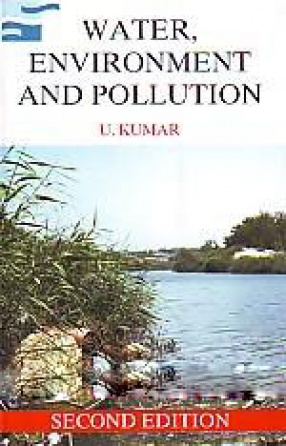
U Kumar

Showing all 15 books


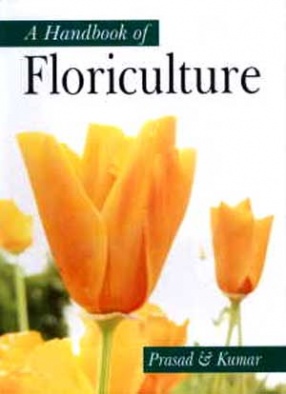

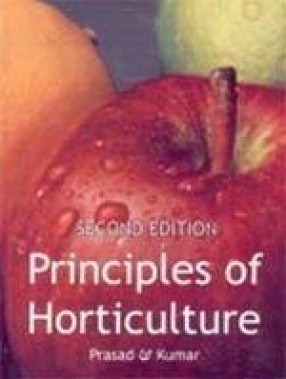
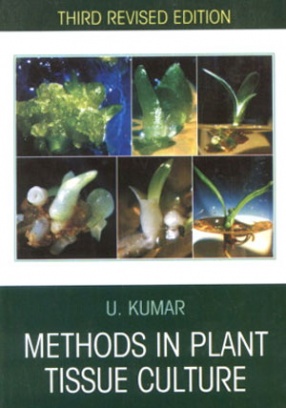
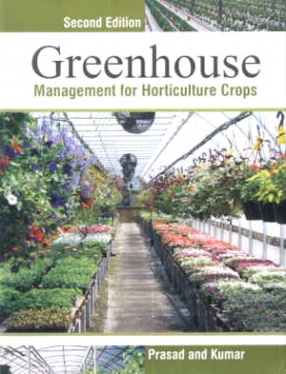



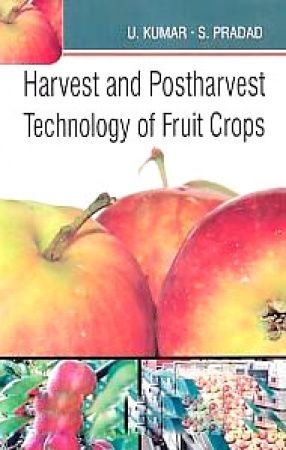


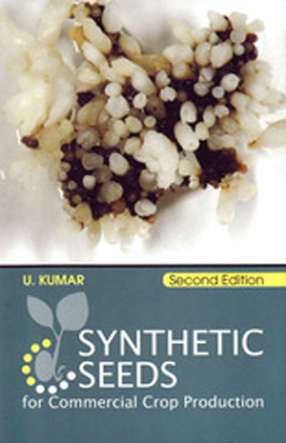
Synthetic seed is a novel concept in seed biotechnology. During the past few years there is a progress in biotechnological research and has opened up unprecedented opportunities in various fields of basic and applied biological research. Plant tissue culture is an important component of plant biotechnology. It has developed new strategies for the improvement of cereals, legumes, forest trees, plantation crops and ornamental plants. Micropropagation has great ...

The floral industry is one of the major industries in many developing and underdeveloped countries. Floriculture as an industry began in the late 1800s in England, where flowers were grown on a large scale on the vast estates. The floral industry essentially consists of three major components: the growers, the wholesalers and the retailers whose businesses are quite intermingled. The recent trends are more towards eliminating the intermediaries, the wholesalers ...

The nature is given to India diverse geographical soil and agro-climate conditions in varies region. Thus it is possible to grow various kinds of fruits in the different states of India. The climate ranges from typical tropics in Kerala to extreme temperate in the high hills of Kashmir, Himachal, U.P., Arunachal Pradesh and Meghalaya. Similarly, Meghalaya get the highest rainfall in the world and Rajasthan get very little rain. It is therefore, possible to grow ...

Now horticultural practices have drawn attention of a large section of scientists and planners at the global level. In the fast developing world, every day there is an addition and literature on new cultural and farming techniques, new cultivars, new crops, new products and new equipments. By studying the principles of horticulture, one is able to learn how and why plants grow and develop. A horticulturist requires to know the latest cultural practices, effects ...

Tissue culture is the ever-ready tool for specialists who hybridize plants by either sexual or asexual means. It is a clean and rapid way for genetic engineers to grow material for identifying and manipulating genes or to transfer individual characteristics from one plant to another. It plays a role in a wide array of fields, such as botany, chemistry, physics, genetic engineering, molecular biology, hybrid development, pesticide testing and food science. This ...

Synthetic seed technology offers many useful advantages on a commercial scale for the propagation of a variety of crop plants, especially crops for which true seeds are not used or readily available for multiplication (e.g. potato) or the true seeds are expensive (e.g. cucumber and geraniums), hybrid plants (e.g. hybrid rice) and many vegetatively propagated plants which are more prone to infections (e.g. day lily, garlic, potato, sugarcane, sweet potato, grape ...

A greenhouse is a framed or an inflated structure covered with a transparent or translucent material in which crops could be grown under the condition of at least partially controlled environment and which is large enough to permit persons to work within it to carry out cultural operations. The Floriculture industry, especially cut-flower industry, has its major role in the development of greenhouse industry in world.
We feel pleasure to present Second Edition of ...
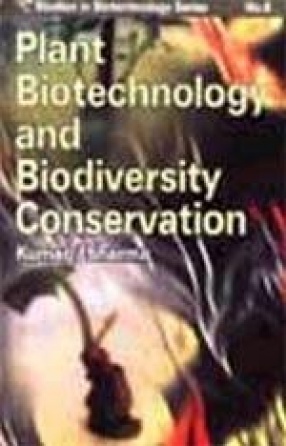
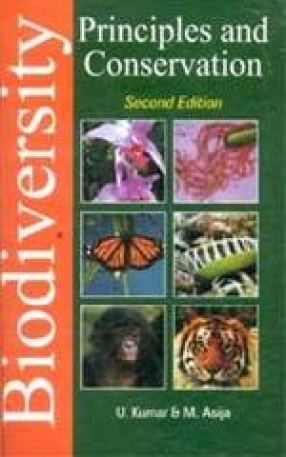
Biological diversity term was first of all put forward by Norse and Mc Manus (1980). It contains two concepts i.e. genetic diversity and ecological diversity. Biodiversity or Biological Diversity a sum of all the different species of animals, plants, fungi, and microbial organisms living on Earth and the variety of habitats in which they live. Scientists estimate that upwards of 10 million--and some suggest more than 100 million--different species inhabit the ...


The publication of Agro's Dictionary of Medicinal Plants marks the birth of treatise covering about 4000 plants at one place. The major objective of launching this publication is not to replace other authoritative dictionaries/glossaries but to highlight the economic uses of medicinal plants along with their vernacular names. Medicinal plants have curative properties due to the presence of various complex chemical substances of different composition, which are ...
